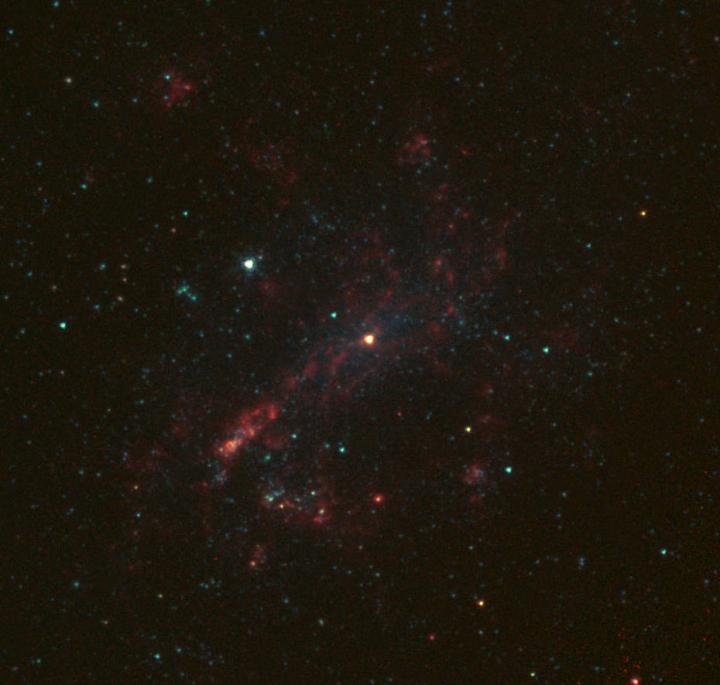Astronomers found that the mass of the black hole at the center of the small galaxy NGC 4395 (pictured above) is just a 40th what researchers had predicted.
What they found: Located about 14 million light-years away from Earth, the black hole was a mere 10,000 times the mass of the sun, small by black hole standards and more than an order of magnitude smaller than some other previous estimates.
How they found out: According to the paper published Monday in Nature Astronomy, the research team was able to make this measurement using a technique known as reverberation mapping. This process observes the radiation that comes from the matter collected by the pull of the black hole, also known as an accretion disk. When the radiation is thrown off, it continues to travel outward, until it hits a gaseous area that generates a flash. The time between when it arrives at the region and when a flash is observed lets researchers estimate the size of the black hole.
Don’t settle for half the story.
Get paywall-free access to technology news for the here and now.
